Next week's Procore Championship at Silverado Resort has a loaded field, although there's a certain reason for all the star power.
The post 2 years after Ryder Cup loss, U.S. makes major change in preparation appeared first on Golf.
Next week's Procore Championship at Silverado Resort has a loaded field, although there's a certain reason for all the star power.
The post 2 years after Ryder Cup loss, U.S. makes major change in preparation appeared first on Golf.
Whether you're watching the Ryder Cup onsite or taking in the action from home, showcasing America's stars and stripes is always en vogue.
The post Gear up for the Ryder Cup! Shop patriotic gear starting at just $9 appeared first on Golf.
The 2025 Walker Cup kicks off this weekend at Cypress Point Club. Here's what you need to know about the players teeing it up.
The post 2025 Walker Cup rosters: World rankings, bios for all 20 players appeared first on Golf.
Bethpage Black is known as one of the hardest golf courses in the world, but what exactly makes it so difficult?
The post What makes Bethpage Black so hard for weekend hackers? appeared first on Golf.
On this week's episode of Subpar, former NFL center A.Q. Shipley revisited a time when he was particularly impressed by Tom Brady.
The post What does Tom Brady bring to a locker room? This story says it all appeared first on Golf.
How to watch the 2025 Amgen Irish Open on Saturday, including full Irish Open TV coverage for Round 3 at The K Club in Ireland.
The post 2025 Irish Open Saturday TV coverage: How to watch Round 3 appeared first on Golf.
Respond don’t react: The Shot You Can Always Control
You can’t control bad bounces or missed putts but you can control your response. Here’s how to turn reaction into resilience.
Pressure, setbacks, and unforeseen outcomes are built into any round of golf. A bad bounce, an opponent’s good fortune and careless mistakes can happen at any time. In fact, the unpredictable nature of the game is one of its main attractions. But what separates those who succeed from those who spiral isn’t what happens on the course, but how they respond to it.
Most people react. Their emotions take over, words or actions spill out before thought, and suddenly the situation feels worse than it started. A reaction is impulsive, driven by adrenaline, ego and an attitude that golf should be fair and we should get everything we deserve.
High performers learn how to respond. A response is possible when you create space, even if just for a breath, between what happened and what you choose to do about it. It’s deliberate, rooted in awareness rather than impulse. Where reaction narrows your options, response expands them.
How to watch the 2025 Walker Cup at Cypress Point on Saturday, including complete Walker Cup TV coverage and streaming details for Day 1.
The post 2025 Walker Cup Saturday TV coverage: How to watch Day 1 at Cypress Point appeared first on Golf.
The Walker Cup's opening ceremony, featuring President George W. Bush, was proper and orderly. But disorder is coming.
The post On Walker Cup eve, all is in order. The matches will put an end to that appeared first on Golf.
Rory McIlroy hit a bogey-free 6-under 66 to move into contention after the second round of the Irish Open, where Joakim Lagergren of Sweden leads after a 62 on Friday.
Titleist, the brand that has built its reputation on precision and quality, is being sued in a proposed class action alleging that boxes of its premium Pro V1x Left Dash with Enhanced Alignment (EA) golf balls didn’t actually contain what was promised.
Filed September 4, 2025, in the Eastern District of Missouri, the complaint names six golfers from across the country as plaintiffs, each claiming they purchased boxes labeled as containing a dozen Pro V1x Left Dash EA balls. Instead, the boxes allegedly contained only nine of the lower-spin Left Dash EA and three Pro V1x EA balls (a higher-spin model with different performance characteristics).
The lawsuit, Long et al. v. Acushnet Company (Case No. 4:25-cv-01332), seeks class certification on behalf of all similarly situated buyers and requests damages in excess of $5 million.
(I held my pinky to the corner of my mouth when I wrote that last sentence.)
According to the complaint, Titleist’s “Mixed Boxes” deceived consumers by:
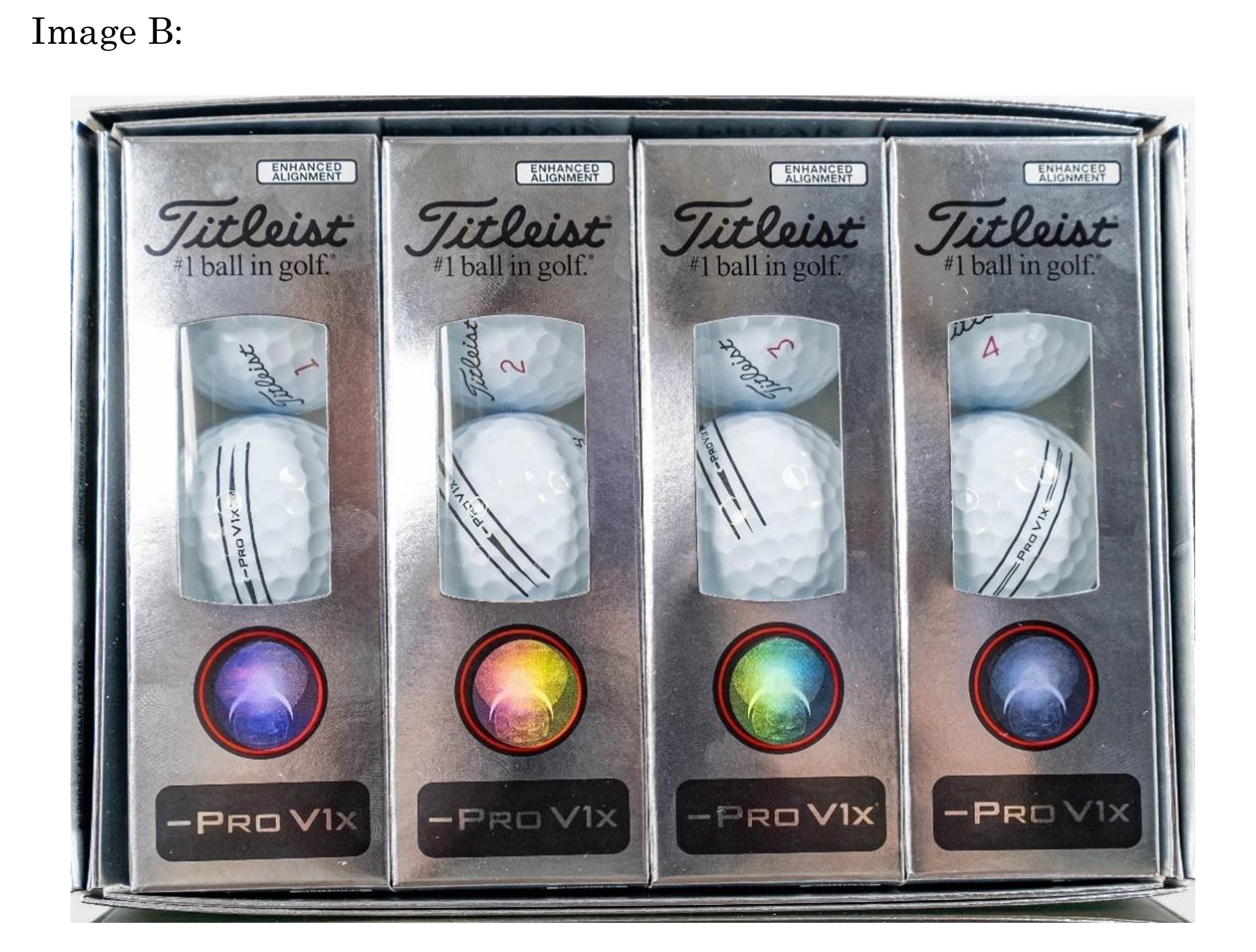
PAYNTR’s hot streak just got extended.
The budding performance golf brand just dropped a limited run of their Moving Day golf shoes, complete with a gator print on the toe and heel cup. Built with Jason Day’s influence, these aren’t your typical golf kicks.
The “Gator” edition delivers everything you’d expect from a shoe designed at the tour level. The CLARINO microfiber upper keeps things lightweight while the PMX SPEED PLT propulsion plate harnesses ground reaction forces—essentially turning every step into stored energy for your swing.
Comfort’s locked down tight. The ARIAPRENE tongue provides breathable foot lockdown without the bulk. ORTHOLITE footbed compresses less than 5%, meaning these shoes maintain their cushioning round after round. PMXNitro+ midsole delivers maximum energy return, keeping your feet fresh through 18 holes.
The gator print adds serious style points. White, black, and gator colorway brings that swamp-meets-country-club aesthetic that’ll turn heads on any course.
Callaway has three new options for near the top of the bag, each offering a different trajectory, level of forgiveness, playability and, for any given player, perhaps a different level of confidence as you stare down at it.
While nothing here represents an entirely new class of club, the extended offerings speak to the reality that higher-lofted fairway woods have become increasingly popular on global tours in recent years. We’re talking 7-woods, even 9-woods, and, in Callaway’s world, utility woods. The trend isn’t slowing and perhaps there’s a lesson in that for the rest of us.
According to Callaway, the shift in bag makeup isn’t always because these clubs are more forgiving and easier to hit—although they often are. At the tour level, it’s about confidence in having the right tool for the job.
That’s all well and good but we all know some golfers will always prefer irons over metalwoods, so Callaway has you covered there as well.
And I suppose that’s part of what makes this particular early fall launch from Callaway interesting. They’re not limiting your options. Callaway already has plenty of high-lofted fairway options within the Elyte lineup. This launch caters to golfers looking to tune the upper part of the bag with what I think qualifies as alternatives to the conventional approach.
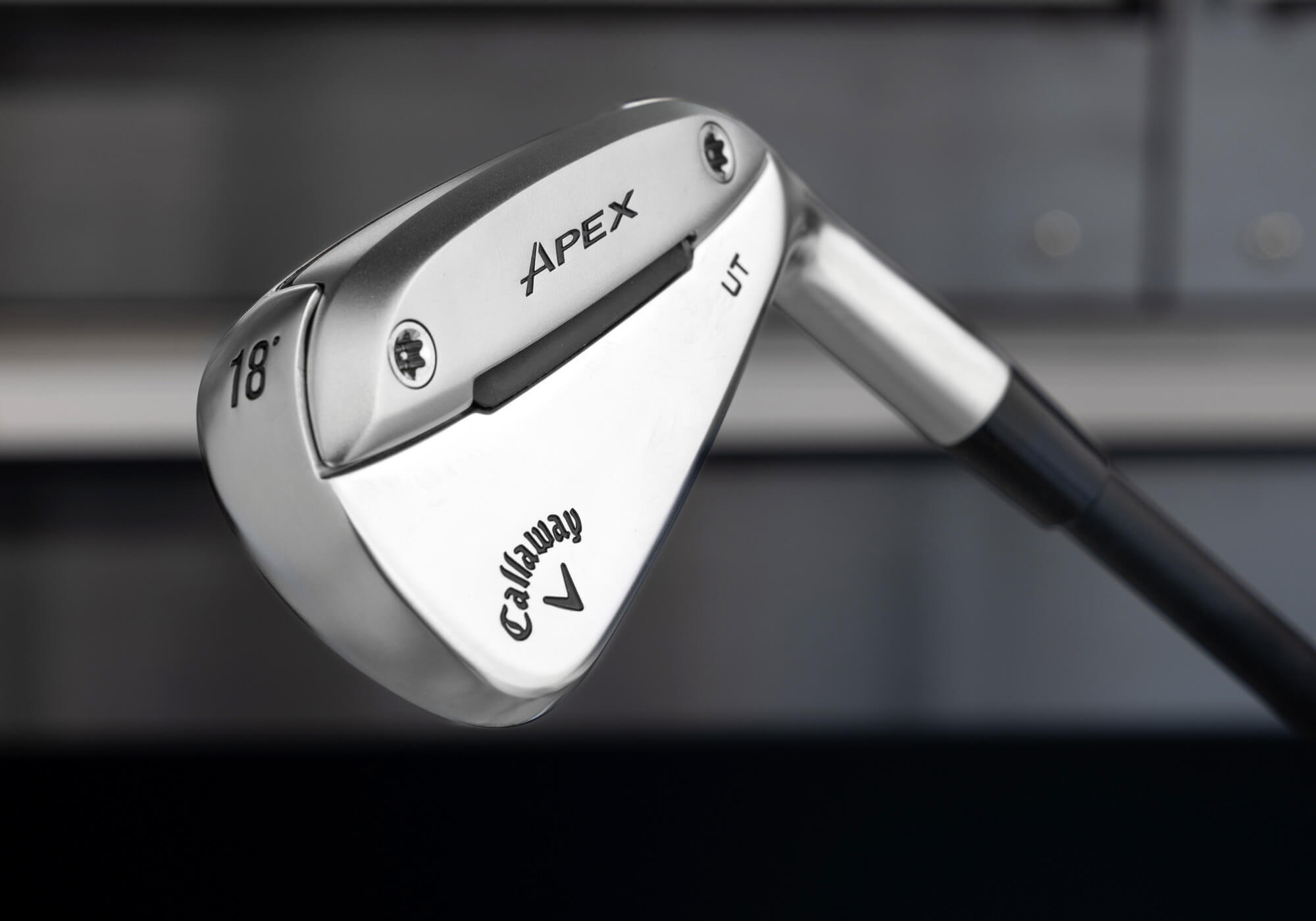
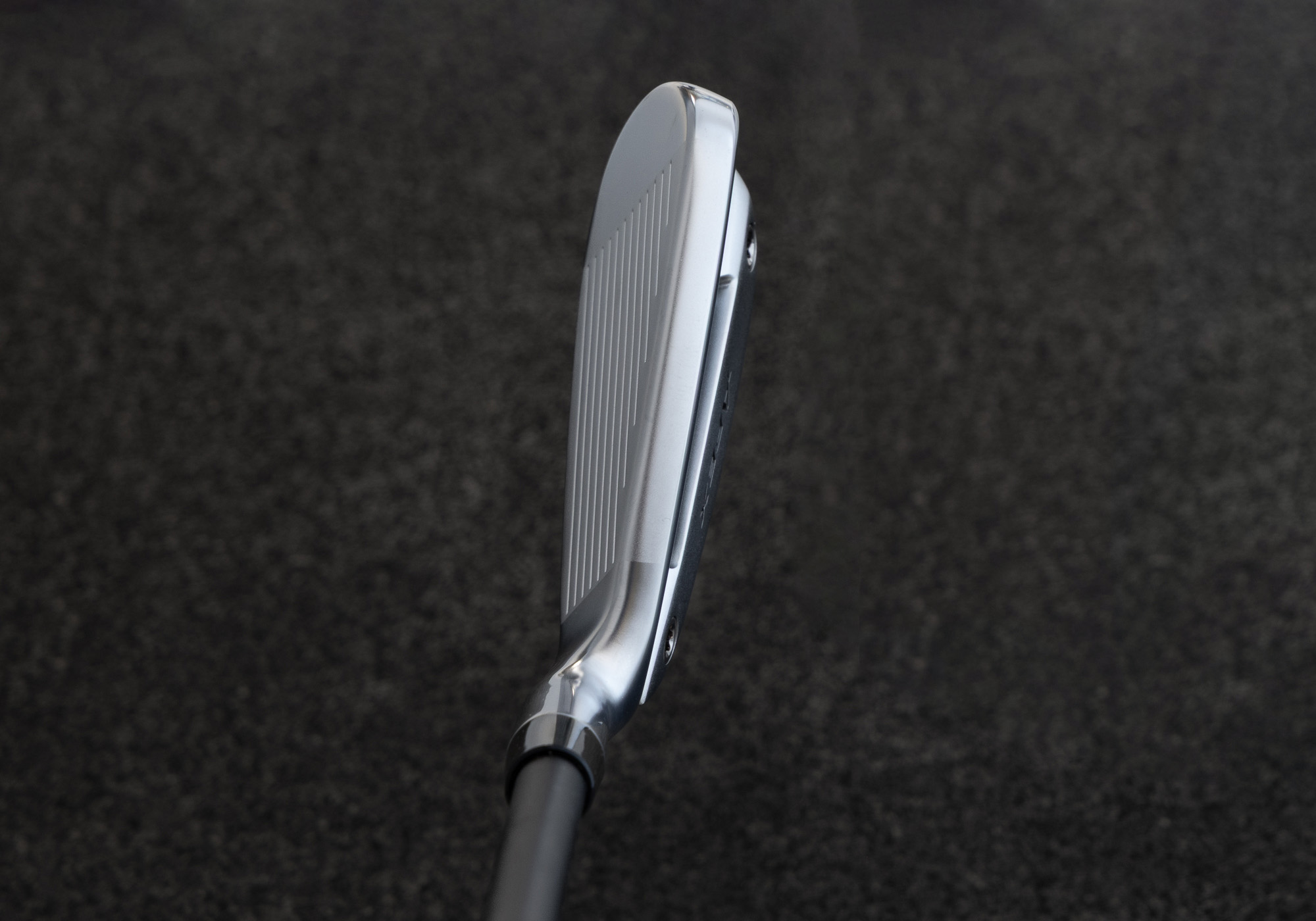
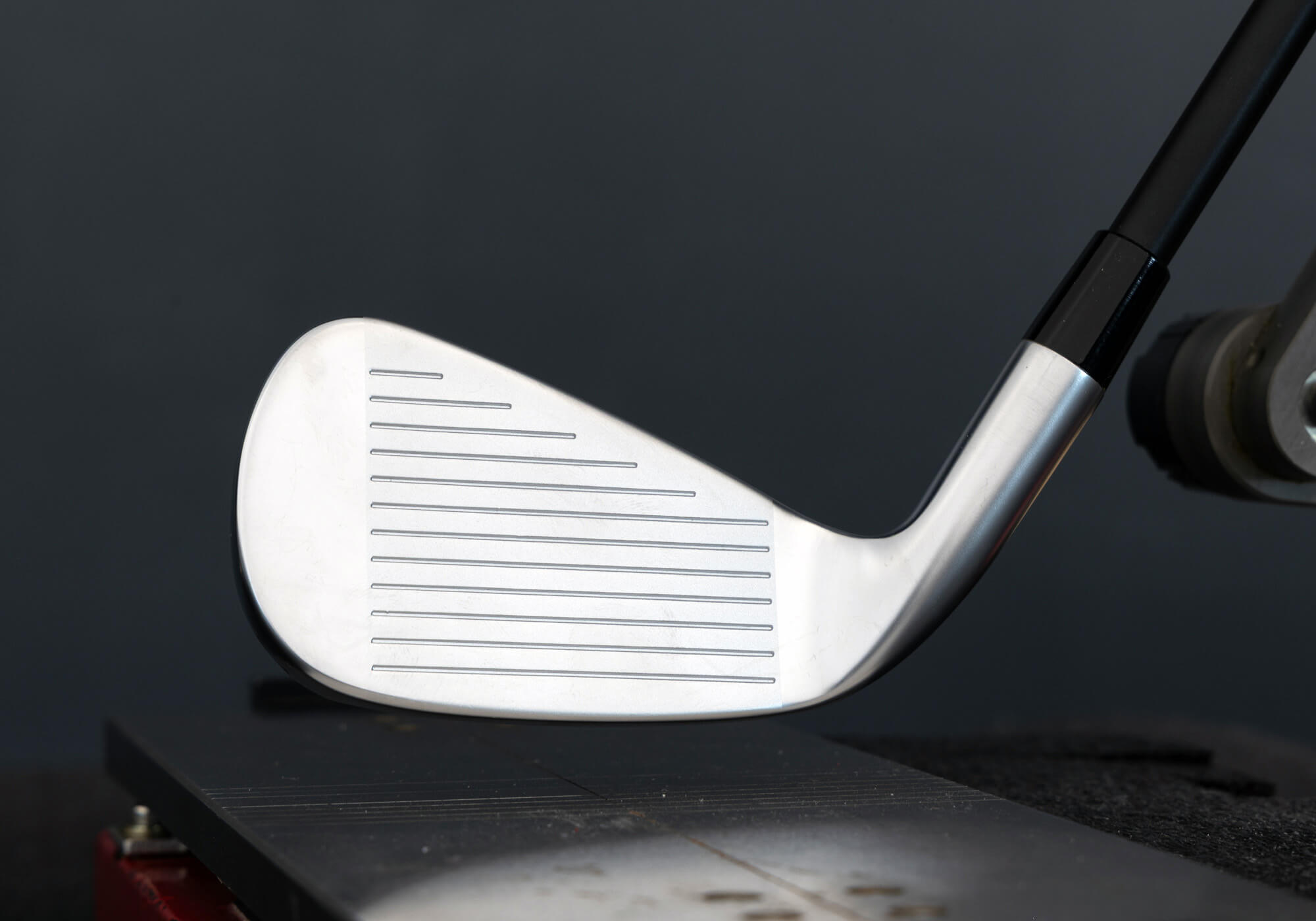
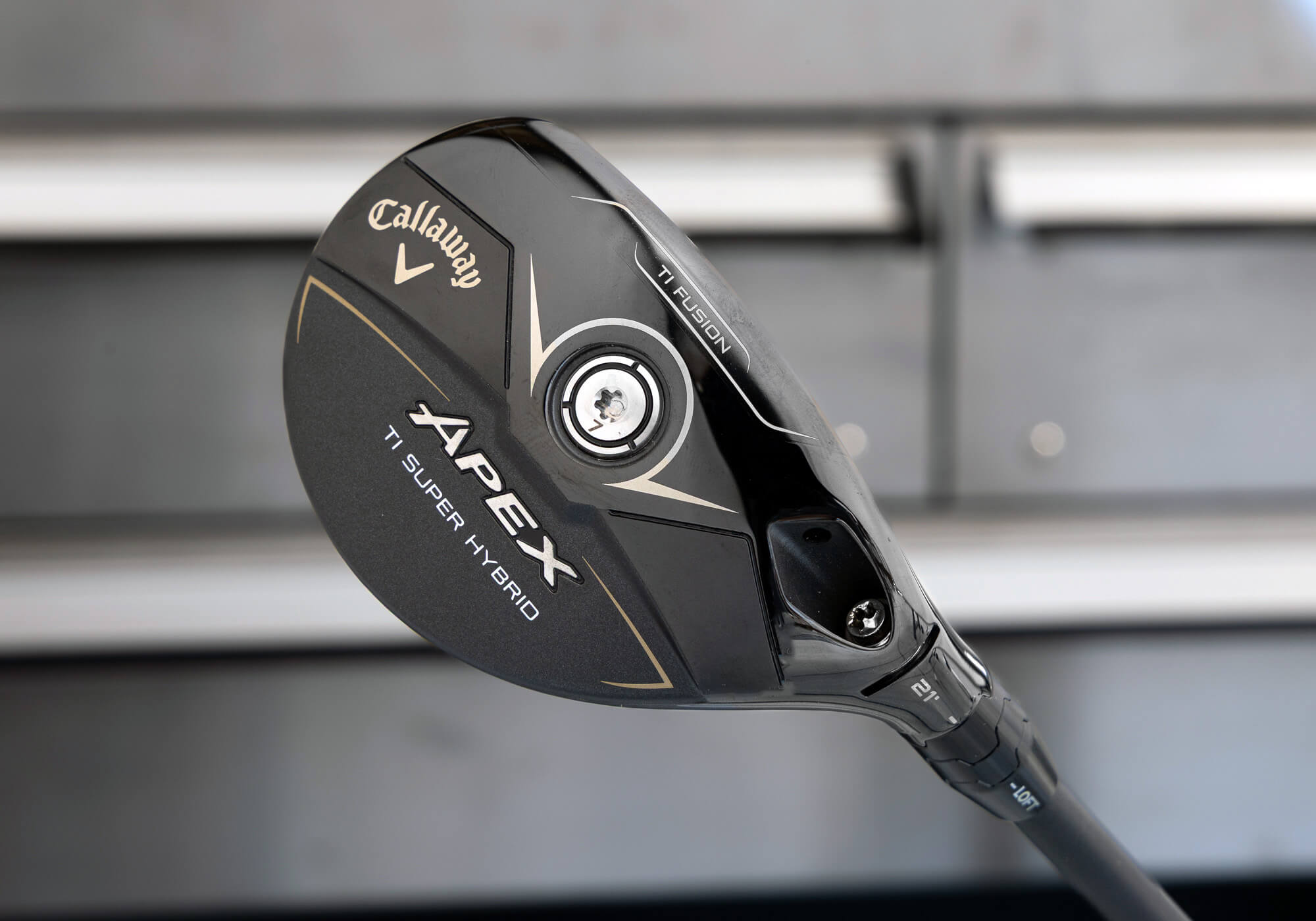
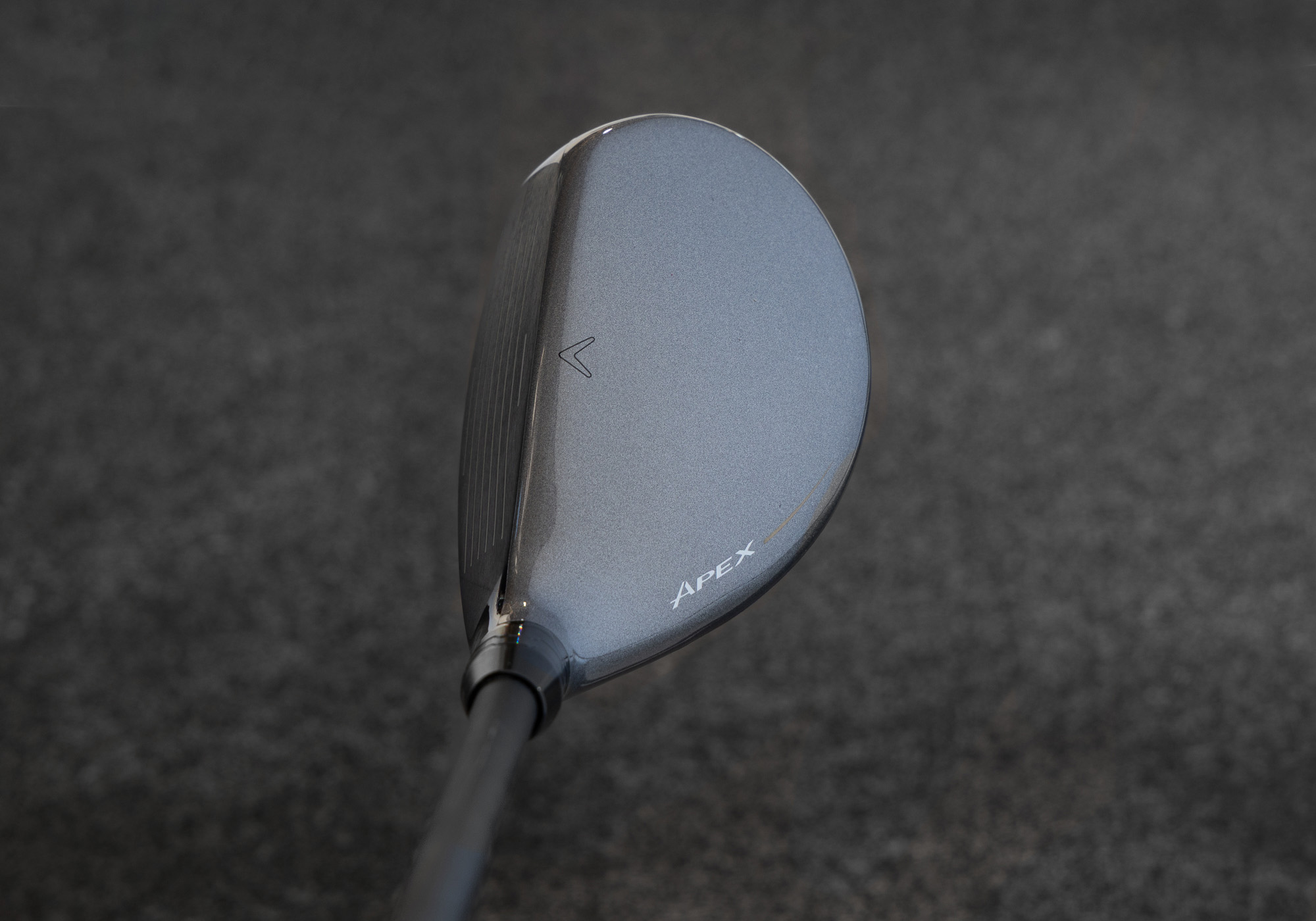
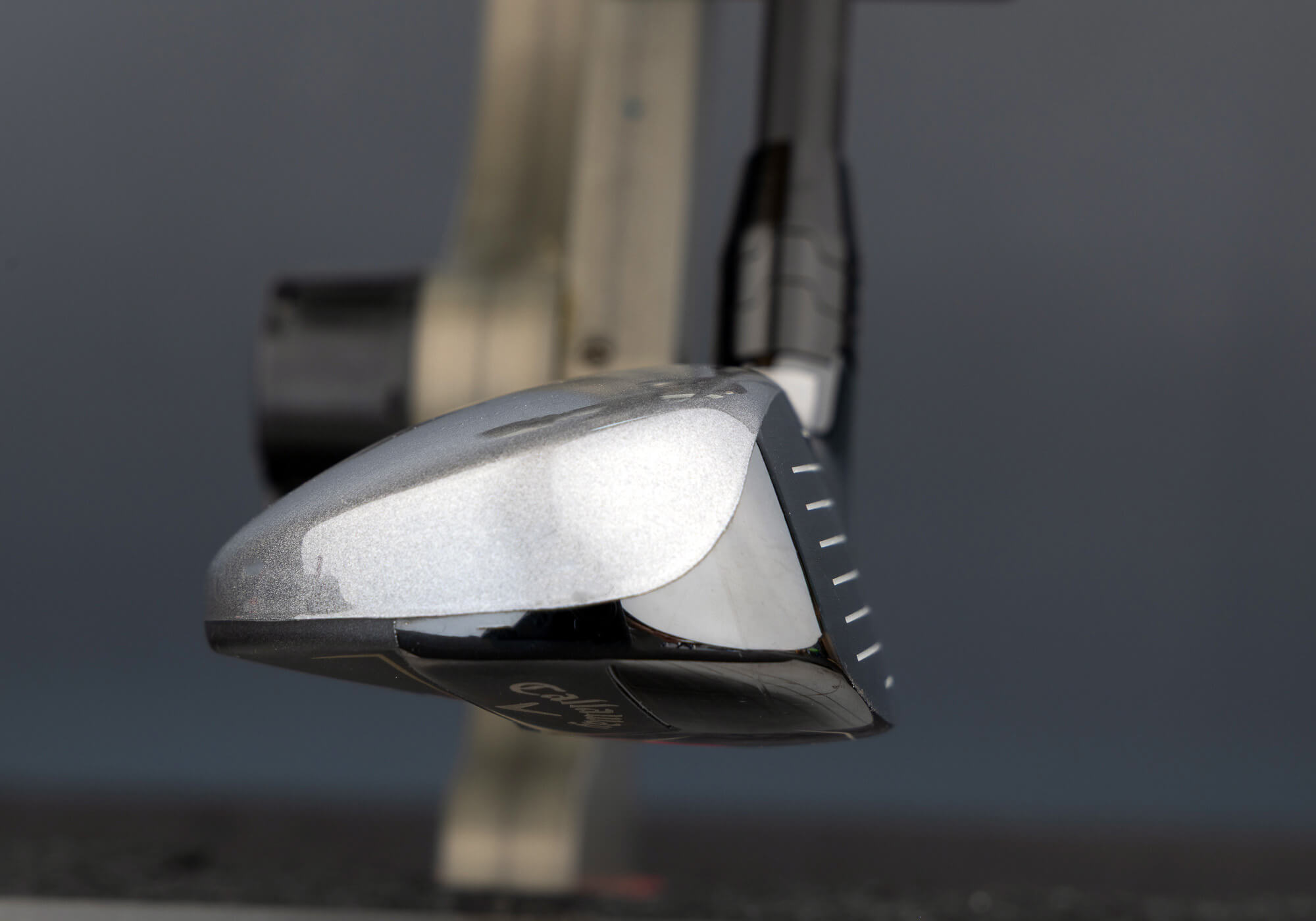
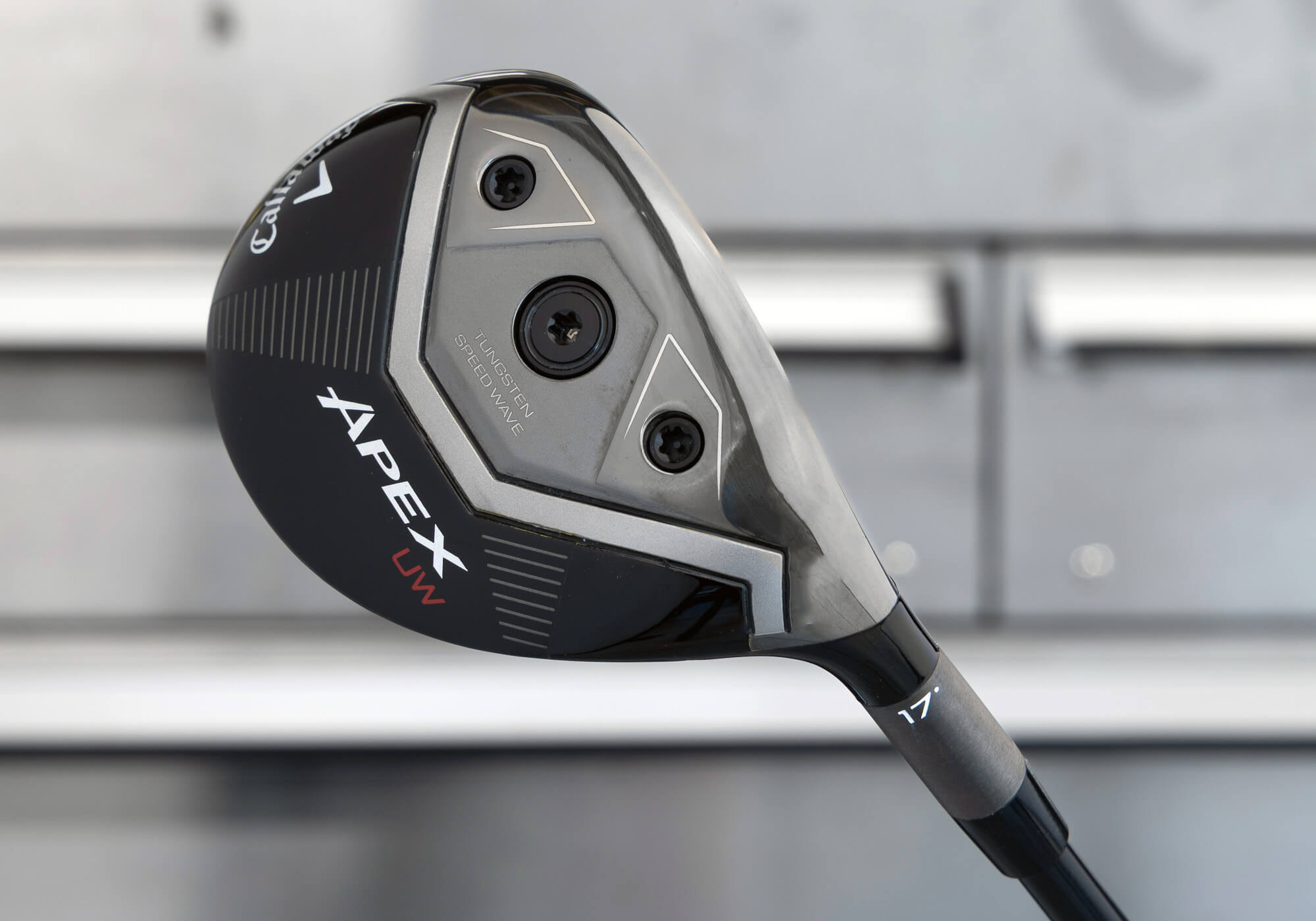
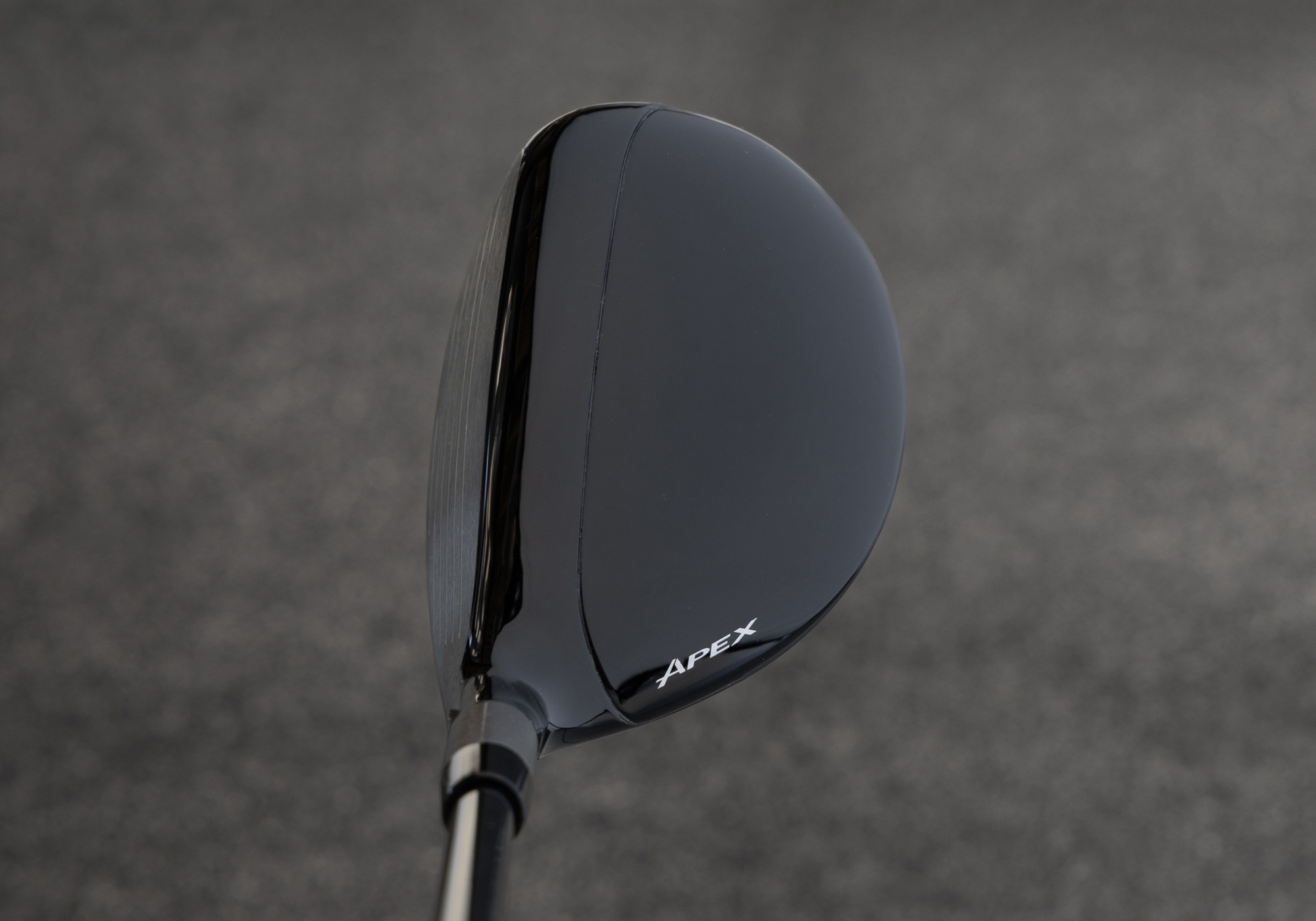
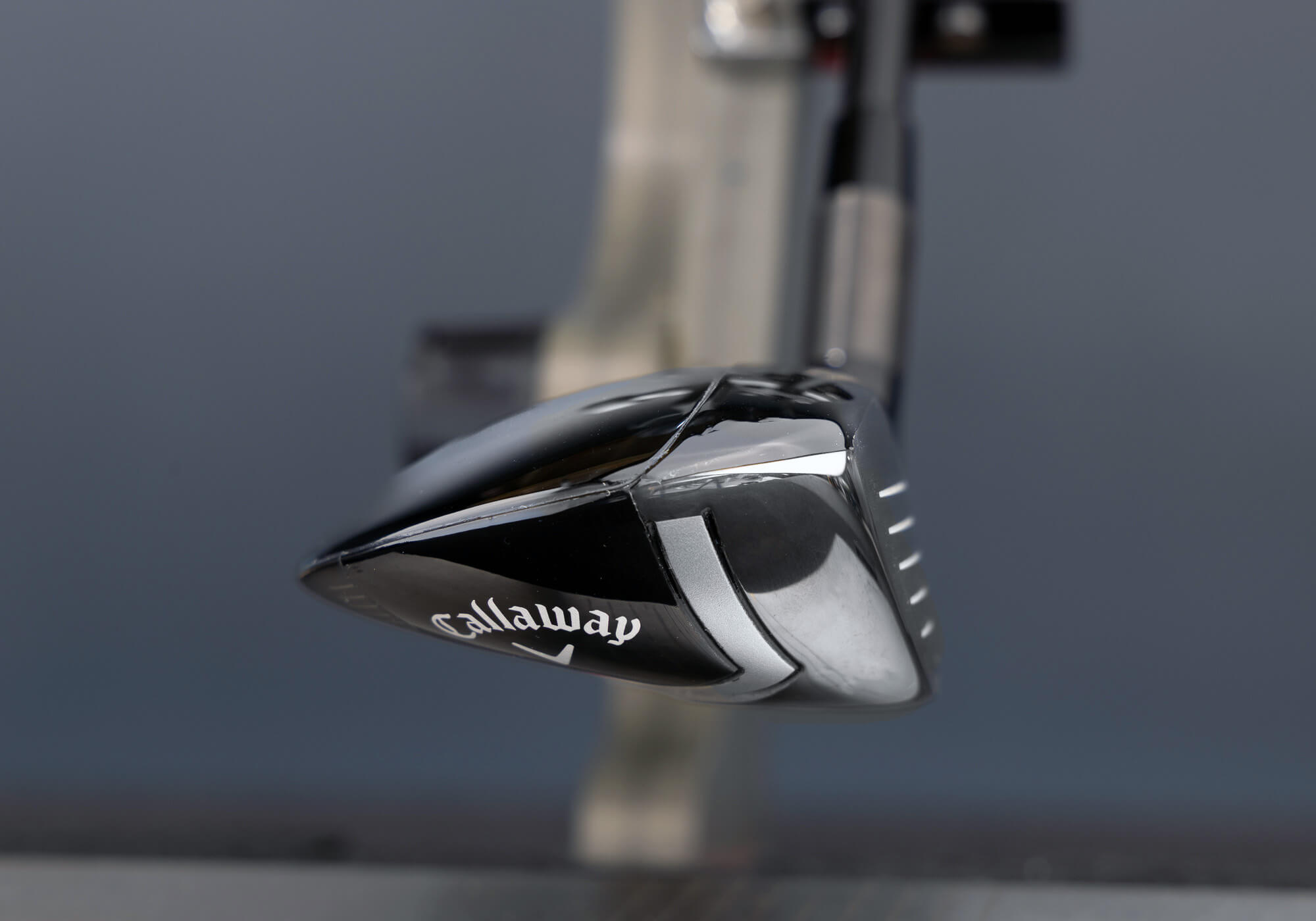

Rory McIlroy has switched into TaylorMade's new MG5 wedges. Take a look at how McIlroy's new scoring tools were created.
The post Inside Rory McIlroy’s switch to TaylorMade’s new wedges appeared first on Golf.
Every golfer thinks they know which club is costing them the most shots. Most will point to the driver that sprays two fairways over or the 60-degree wedge that gets skulled across the green. But when we look at the numbers, the reality is a little different.
We analyzed the data to identify which clubs are statistically costing golfers the most strokes. Shot Scope gave us access to Strokes Gained data broken down by handicap and while I’d love to say the results are shocking, they’re actually pretty much what you’d expect. Still, seeing the numbers paints a clear picture of where golfers of all skill levels lose the most ground.
For a 25-handicap golfer, the 5-iron is the biggest stroke loser in the bag. On average, it costs –0.373 strokes per swing compared to a scratch player. That’s a steep penalty for a single shot.
Long irons demand swing speed, precise contact and tight dispersion, all things higher handicaps struggle with the most.
By comparison, the putter and gap wedge are far more efficient, costing fewer strokes per attempt and serving as reliable tools to keep scores manageable.
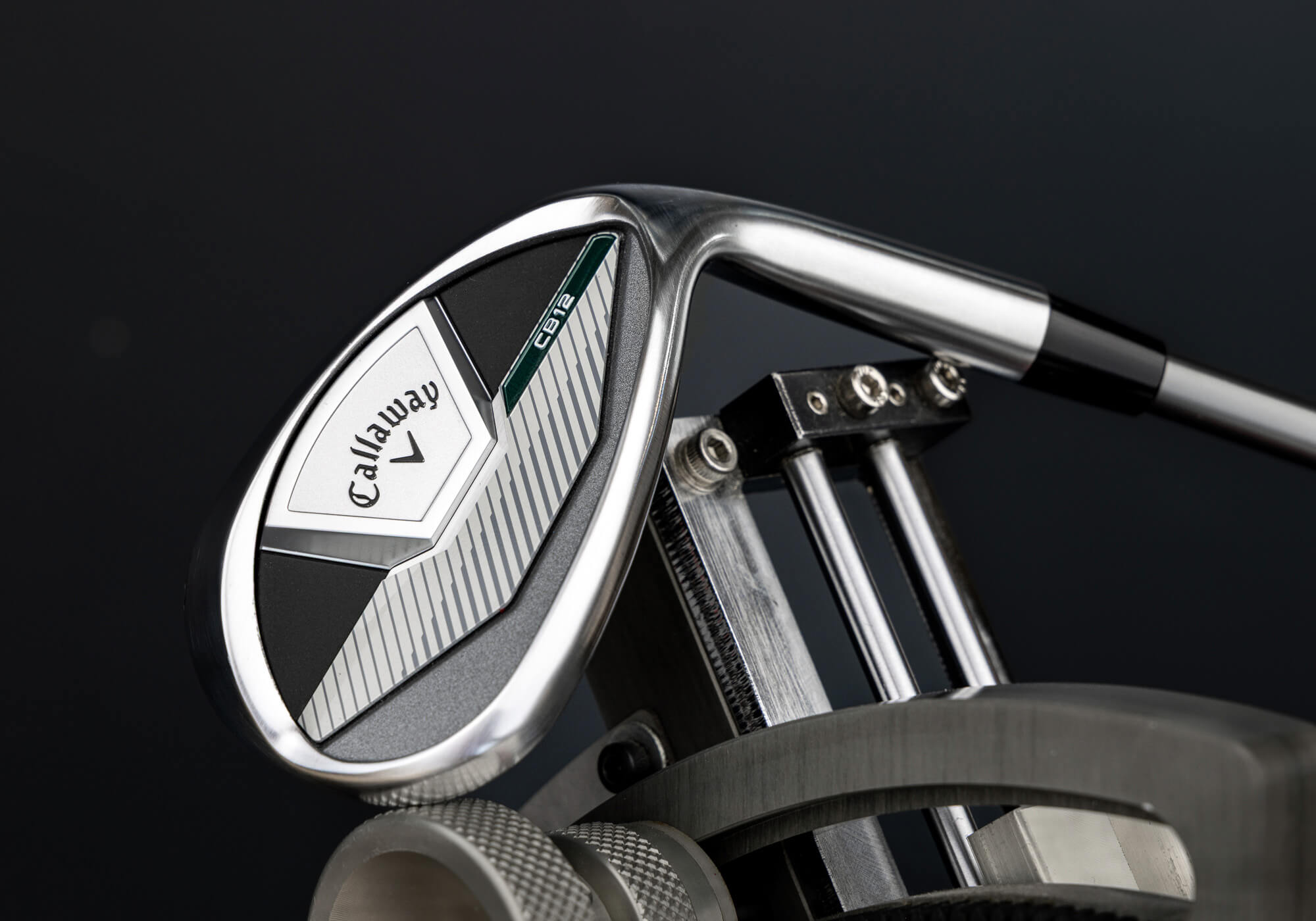
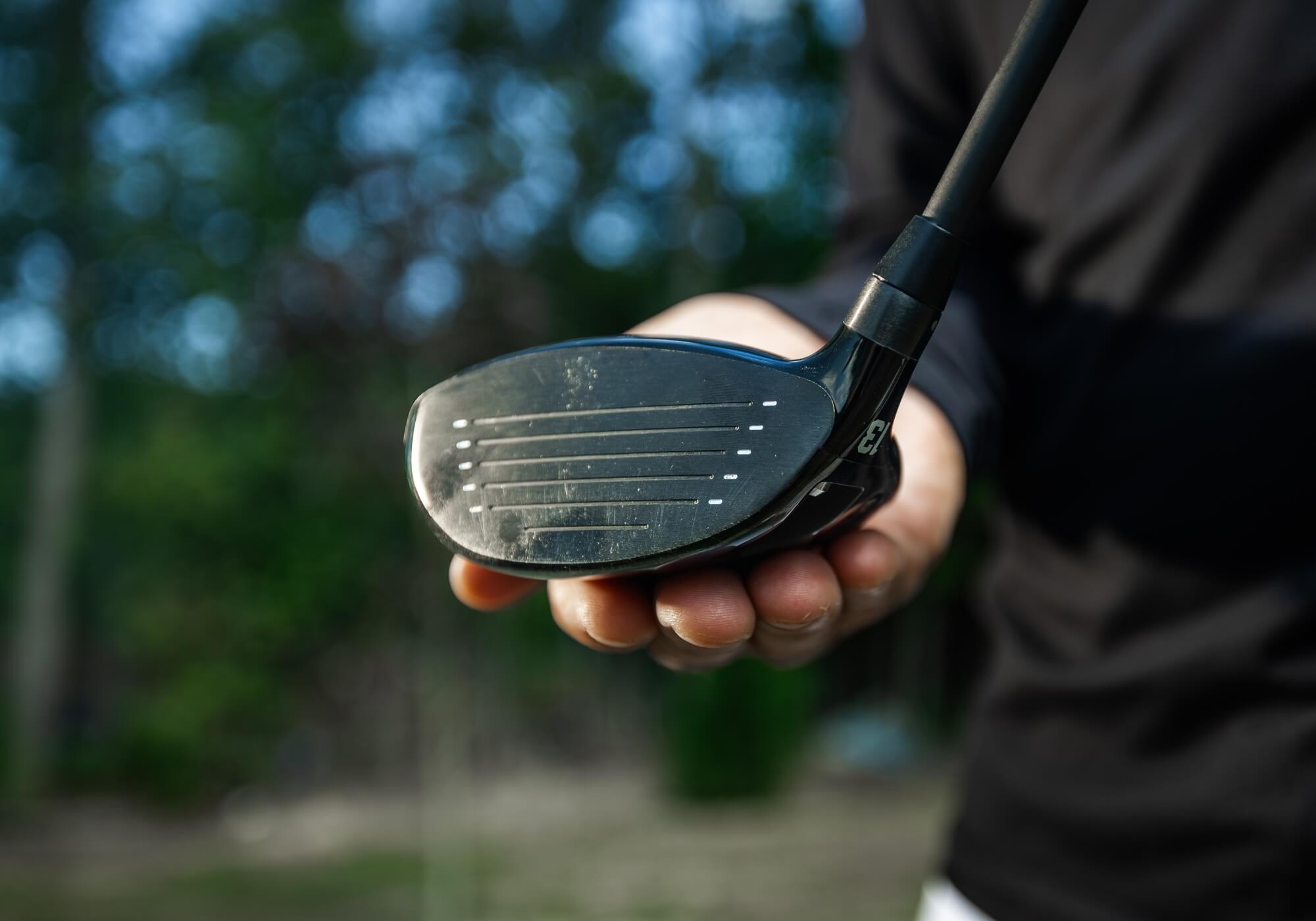
A lot of golfers have a closet full of gadgets that promise to fix their swing. I’ve got one, too. Most of them end up collecting dust. But every once in a while, a training aid actually delivers.
While putting this list together, I found myself laughing at some of the gimmicks for sale. Trust me, if it looks ridiculous, it probably is. That’s why I’ve narrowed it down to five training aids on Amazon that are actually worth your money.
Here are the five that made the cut.
If you haven’t seen it yet, this Mele Links Pro Swing training aid has become quite popular thanks to Korn Ferry Tour pro Michael Johnson. Johnson missed a cut earlier this year and, instead of searching for a high-tech fix, bought a $30 training aid online.
He uses it during wedge practice to improve connectivity and wrist control, saying: “I’m just a normal person like any other golfer.”
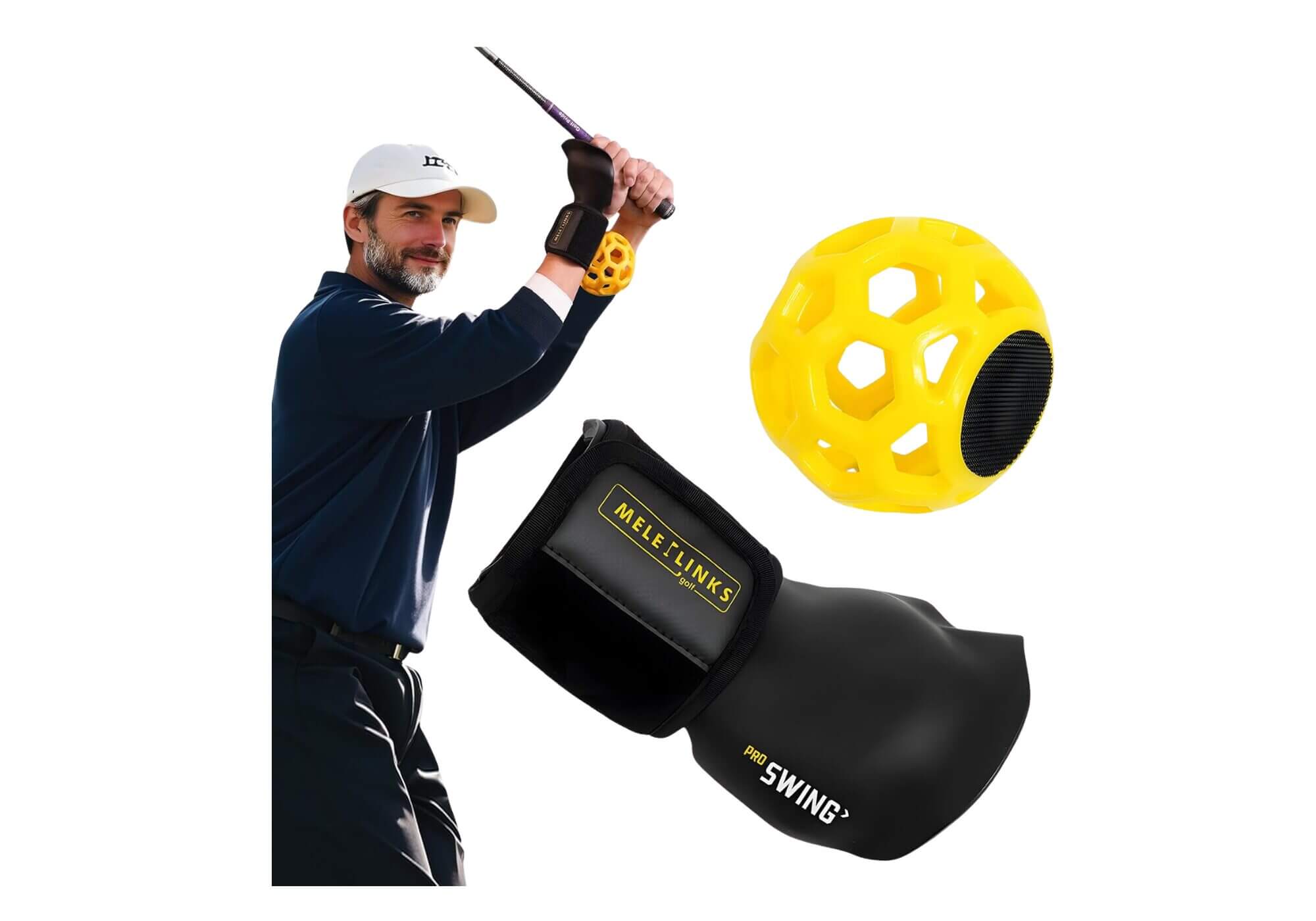

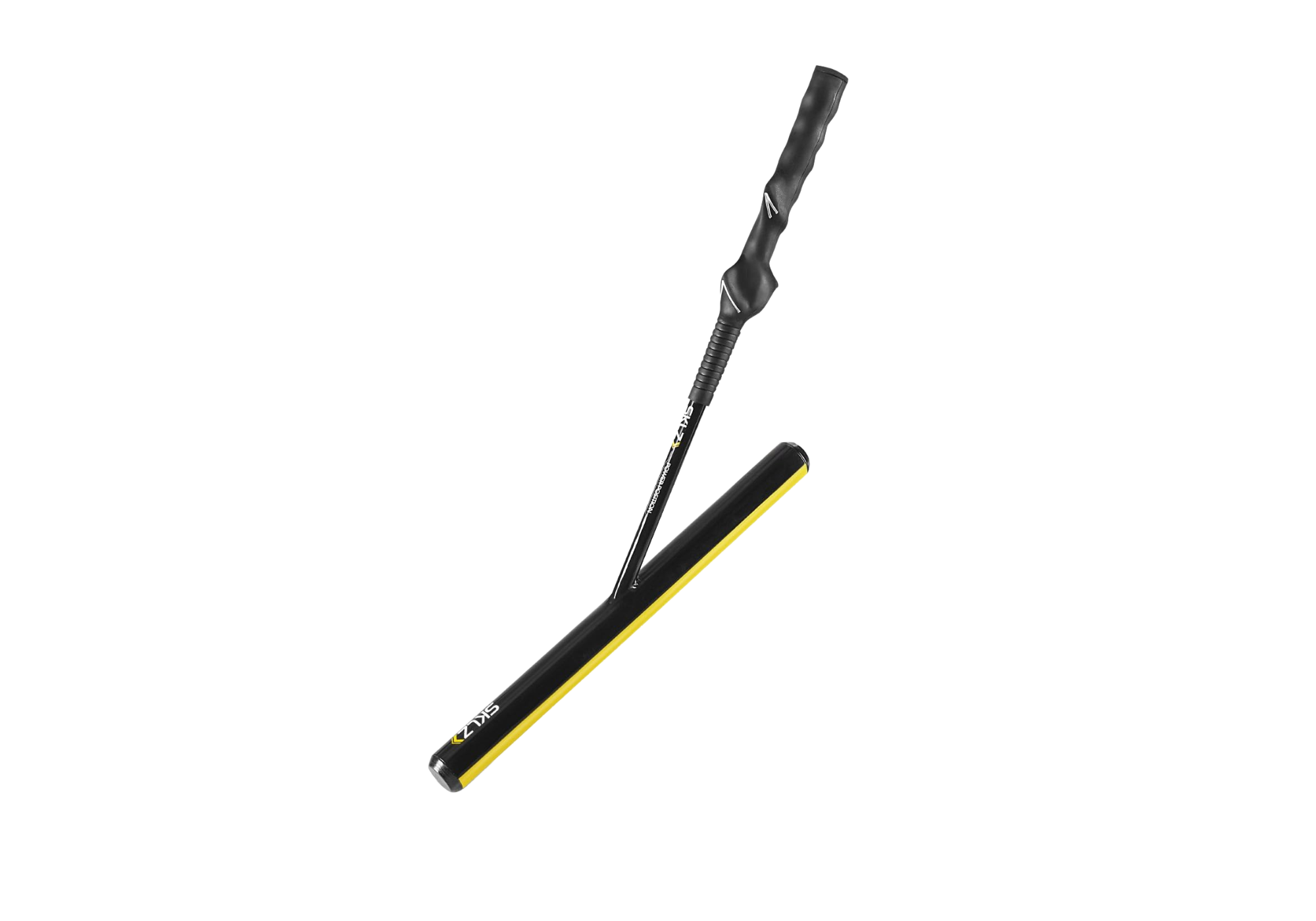
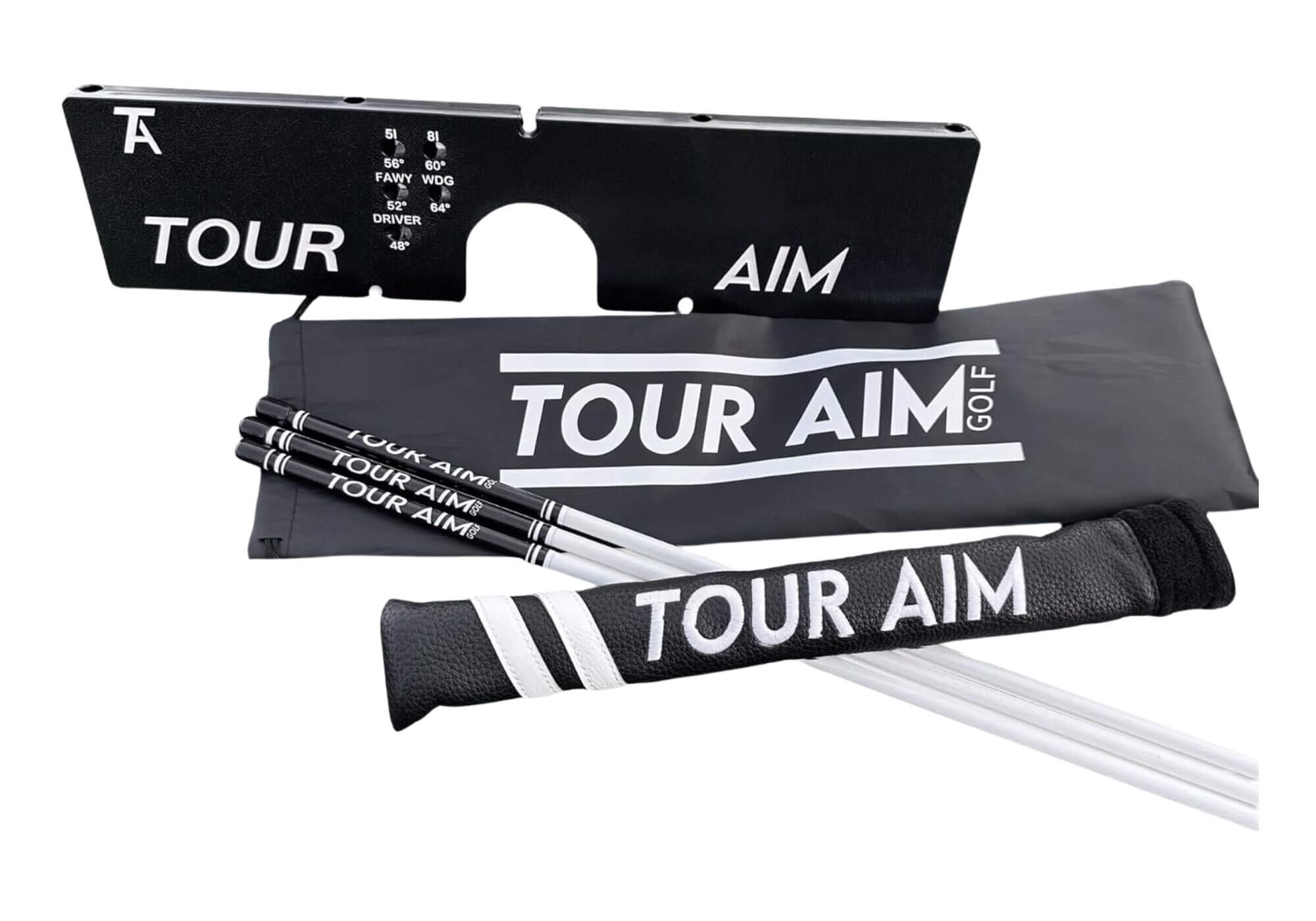
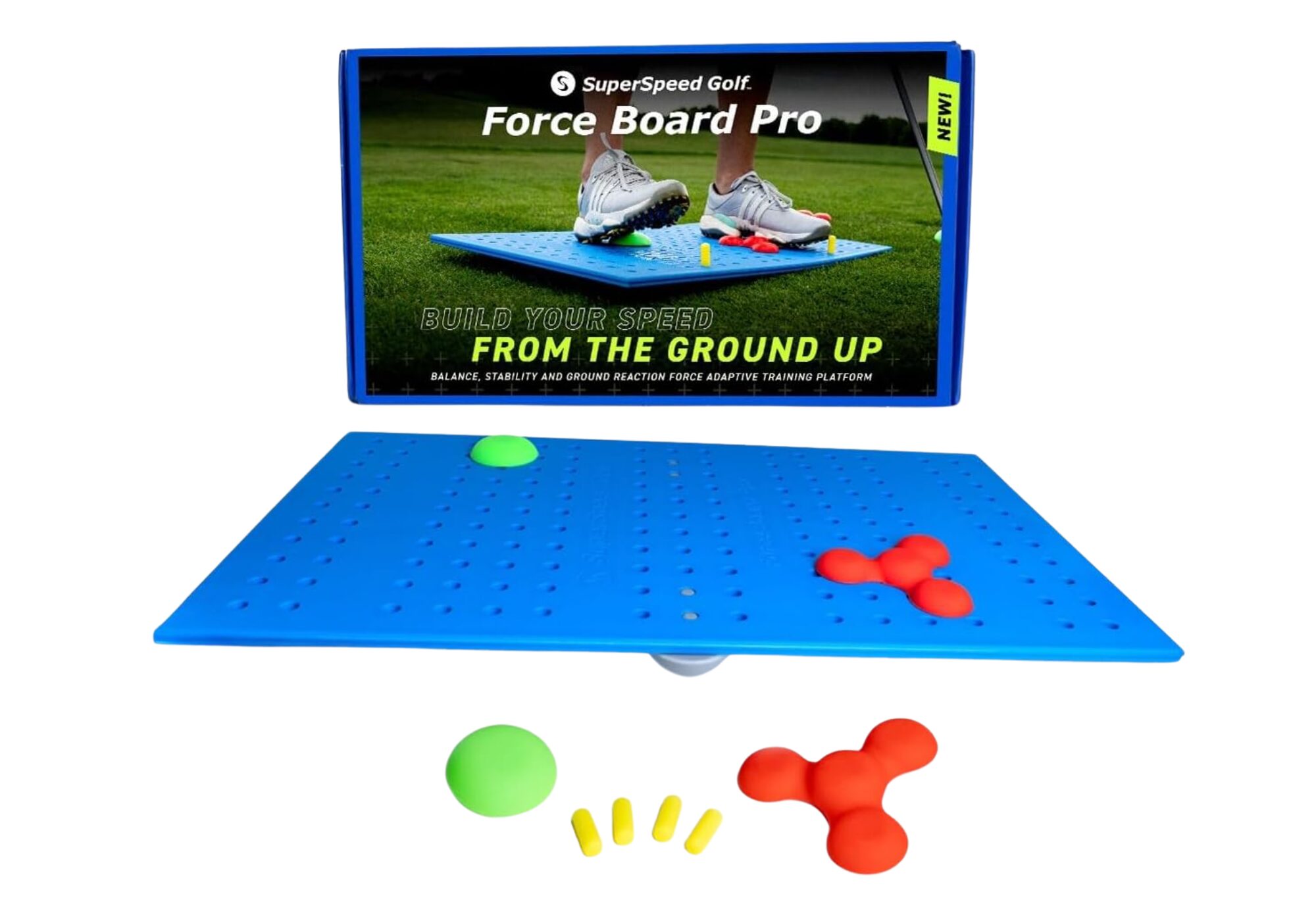
If your 7-iron goes 150 yards and your 8-iron goes 140, what do you do when you’ve got 145 to the pin? Jump on an 8 and risk coming up short? Smooth a 7 and hope it doesn’t fly? There are lots of ways to play golf, but being able to control iron distance is a sign of being a great player. If you want to be the one in control, here are some practical ways to take yardage off without reinventing your swing.
Before you start to dial in your ability to take distance off a golf shot, make sure you lock in your carry numbers. You’ll need these to help you determine if the changes you are making are actually helping to take distance off.
Get your baseline by:
Hitting five solid shots per club, toss outliers, and average the carry.Write them down. Carry is stable; rollout changes with turf and wind.Now you know your true carry numbers and can base everything else on this.Gripping down on the club shortens the effective club length. It should trim a little turn and speed. When you grip the club, you’ll also have to stand a bit closer. Most golfers see five to eight yards less carry when they do this with a wedge or short iron. The effects may be harder to see in long irons because of the accuracy of the strike.
If you set the face of your iron slightly open before you grip it, you will add dynamic loft and spin. This will lower ball speed at impact and create higher launch and a softer landing. Keep your swing normal.

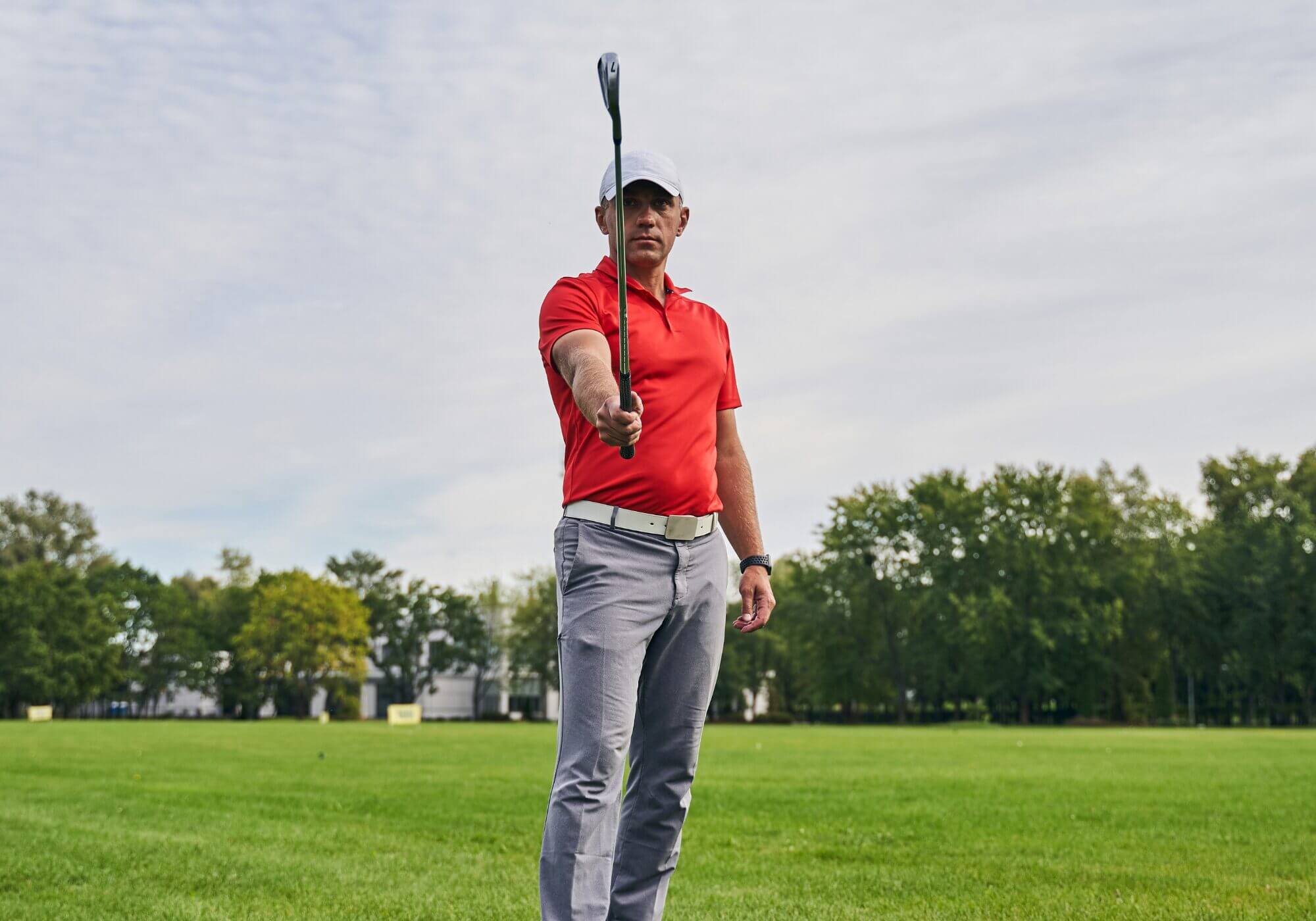
Kapalua Golf Resort hasn't had irrigation water for a week due to water restrictions, a setback in its bid to save the Plantation course in time for the PGA Tour season opener.
© 2025 GolfLynk.com a division of Outdoorsmen.com